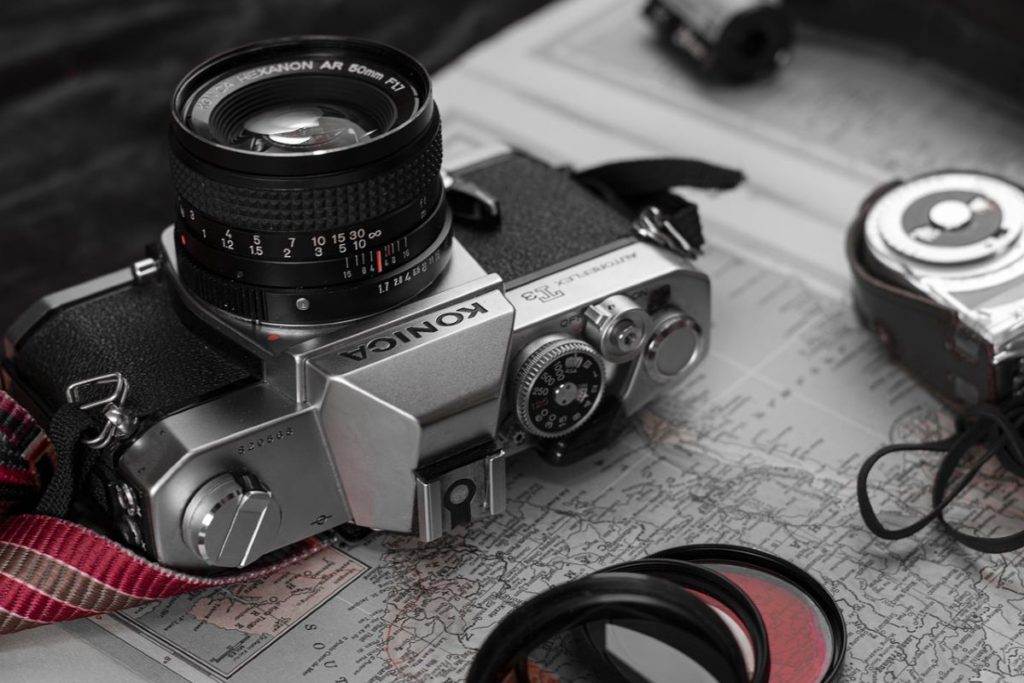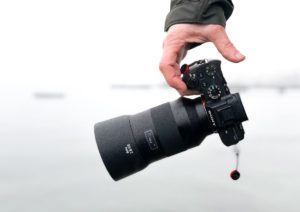
Cameras have evolved remarkably since their inception, transitioning from large, cumbersome devices to the sleek, sophisticated digital camera we use today. Whether you’re using a digital camera or exploring the precision of Leica cameras, the journey of cameras mirrors the broader evolution of photography and how we capture and share the world around us. We will delve into the history of cameras, the shift from film to digital, and what the future holds for photography.
The Origins of Cameras
The early cameras, also called camera obscuras, were basic tools that used light and a pinhole to project images onto a surface. Initially, these devices were mainly used by artists as a visual aid rather than for capturing permanent images. It wasn’t until the early 19th century that the idea of a camera capable of taking and preserving photographs became a reality. The introduction of the daguerreotype in 1839 marked a major milestone in photography. This early photographic technique involved using silver-coated copper plates and necessitated lengthy exposure times, but it made it possible to produce detailed and enduring images. Over the following decades, advancements in technology resulted in the creation of more portable and user-friendly cameras, ultimately making photography accessible to the general public.
The Rise of Film Cameras
Film cameras dominated the photography world throughout the 20th century. These cameras used rolls of film, which had to be developed in a darkroom to produce images. The most common film formats were 35mm and medium format, each offering different levels of detail and image quality. The introduction of the Kodak Brownie in 1900 revolutionized photography by making it affordable and easy for the average person to take pictures. This simple box camera popularized the concept of the snapshot, allowing people to document their lives in a way that was previously impossible.
Throughout the century, camera technology continued to improve. The development of autofocus, zoom lenses, and built-in flash systems made photography more versatile and accessible. Professional photographers relied on high-quality film cameras from brands like Nikon, Canon, and Leica to capture iconic images that shaped the visual history of the 20th century.
The Digital Revolution

The late 20th century saw the emergence of digital cameras, which completely transformed the photography industry. Digital cameras use electronic sensors to capture images, storing them as digital files rather than on film. This shift allowed photographers to take more photos without the limitations of film rolls, instantly review their images, and easily edit and share their work.
The first consumer digital camera, the Kodak DCS 100, was released in 1991. However, it wasn’t until the early 2000s that digital cameras became widely accessible and affordable. As technology advanced, digital cameras quickly surpassed film cameras in popularity due to their convenience and versatility.
Today, digital cameras come in a variety of forms, from compact point-and-shoot models to advanced DSLRs and mirrorless cameras. Each type offers different features and capabilities, catering to everyone from casual photographers to professionals. The integration of high-quality cameras into smartphones has further expanded the reach of digital photography, making it easier than ever to capture and share moments.
The Future of Photography
As camera technology continues to evolve, the future of photography looks exciting and full of possibilities. The invention of mirrorless cameras as been one of the significant game changers in the industry. These cameras offer the same high-quality images as DSLRs but in a more compact and lightweight design. Mirrorless cameras have become the preferred choice for many photographers due to their portability and advanced features. Another trend shaping the future of photography is the increasing use of artificial intelligence (AI). AI is being integrated into camera systems to improve image quality, assist with composition, and even suggest the best moments to capture. This technology is making photography more accessible to beginners while also offering new creative tools for professionals.
The evolution of cameras from film to digital has revolutionized the way we capture and share the world around us. As technology continues to advance, the possibilities for photography are expanding, offering exciting opportunities for both amateurs and professionals. Whether you’re using a classic film camera, a modern DSLR, or your smartphone, the art of photography remains a powerful way to document and express our experiences.


